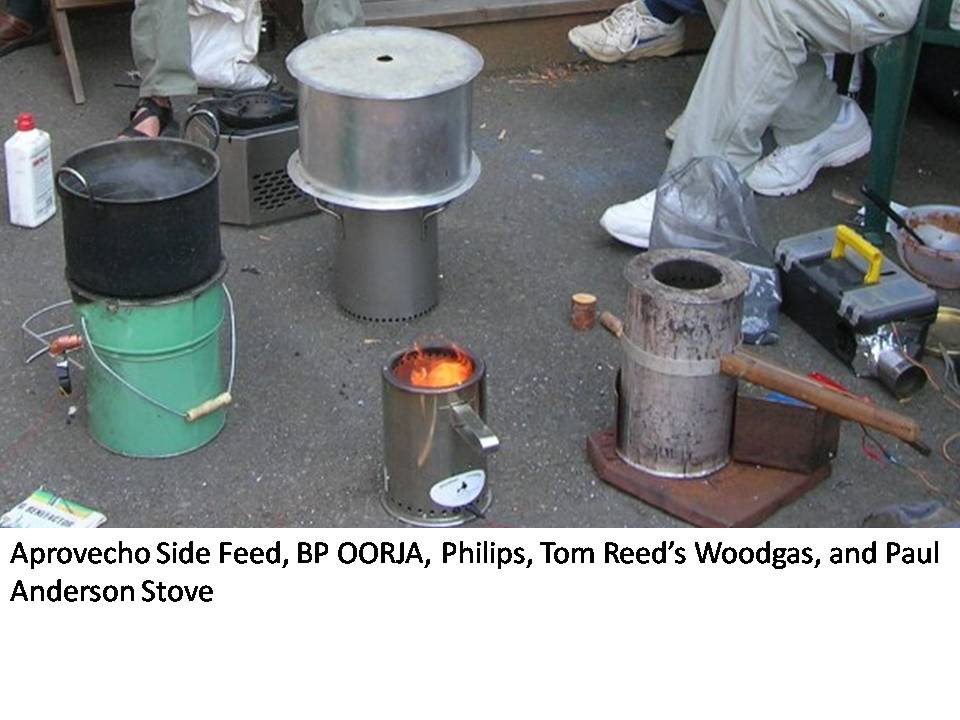Alexis Belonio, Bima Tahar, and Bonny Minang
A super low-cost, blue-flame rice husk gas stove was recently developed in Indonesia to provide households with an affordable clean-burning cooking device using rice husks as fuel.
Within the 3 years of development on rice husk gasifier stove, PT Minang Jordanindo Approtech has finally come up with the super low-cost, blue-flame rice husk gas stove carrying a selling price of US$10 to 15, which is very much cheaper as compared with the previous model with a selling price of US$20. With this development, consumers don’t need to amortize for the stove, as what is currently practiced in villages in Indonesia, for them to acquire a unit of the stove in order for them to save money on fuel. Moreover, this stove is now made available to end users at a low cost, freeing the distributors from the task of devising financing schemes just to make the technology affordable to the local households.
As shown, the stove consists of only few parts. It was designed and made so simple to maximize the use of materials and to simplify the production using locally available resources. This stove model has the following basic parts: (a) the casing is made of tin can and can be bought at a very low price from a Can Factory; (b) the reactor can be subcontracted from a sheet metal manufacturer as well as the stove cover
and the burner; (c) the fan, which uses DC 12 volt, 2 watt supplies the required air to gasify rice husks. The flame coming out of the burner is bluish in color, which indicates a very clean gas. It has low black carbon emission of about 50 ug/m3 and below. The CO2 emission is about 0.6 kg CO2 per kg rice husks.

